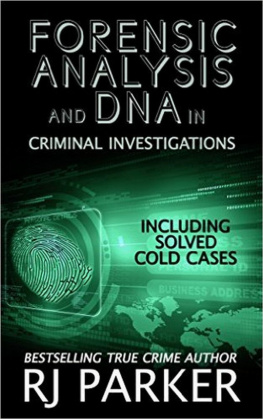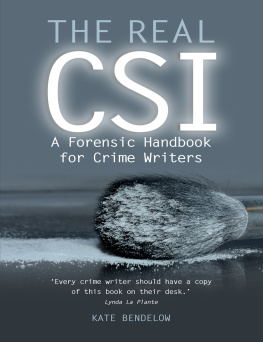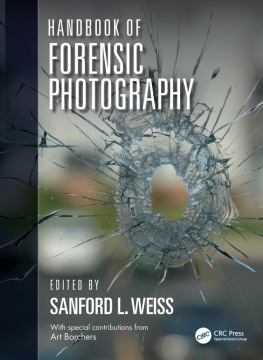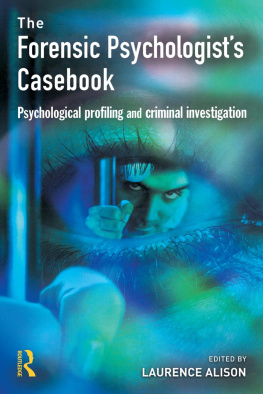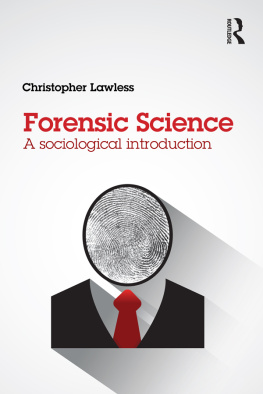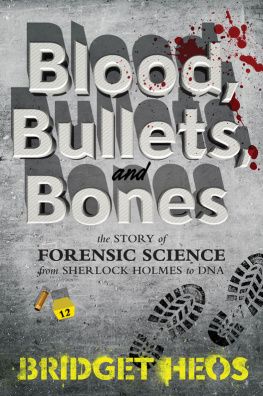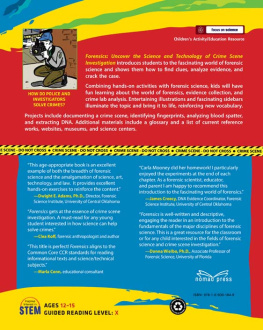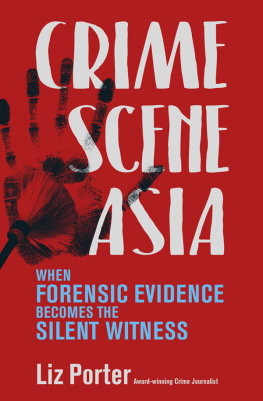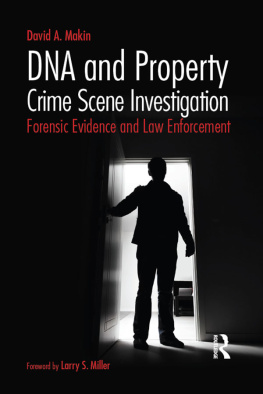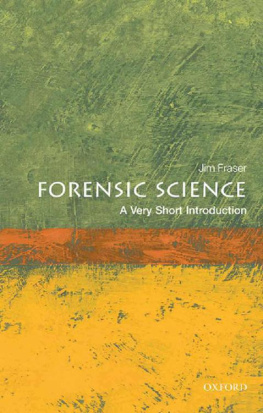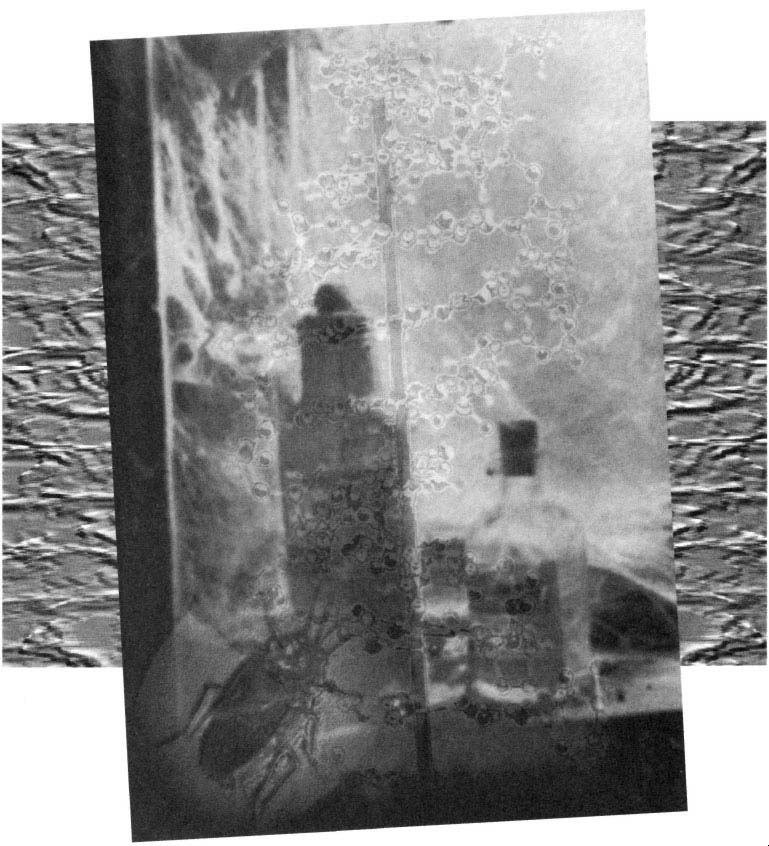Throughout this book, you will find the names of the dozens of forensic specialists, law enforcement officers, emergency personnel, and criminalists who have generously shared their knowledge and donated their experiences. If I have any regret about this project, it is only that I couldn't include more of their intriguing stories. It's rare indeed for any group of people to share their mistakes as freely as their successes and, as I look back at the finished manuscript, I can't help but be struck, once again, by their integrity, both personal and professional.
Special thanks to the Royal Newfoundland Constabulary and Constable Doug Miller for photographic access and assistance. Additionally, I'm indebted to Ling Lucas, who remains as terrific a person as she is an agent, and to Ku and the staff at Ballantine who've made the completion of this book such a pleasure.
As always, none of this would be possible without Peter and Michael, two of the finest people I know.
ONE
THE SCENE
OF THE CRIME
The Scene of the Crime
Versus the Crime Scene
For novelists like Agatha Christie, the scene of the crime was obviousa blood-splattered drawing room or the gaping wall safe in a society grand dame's bedroom. Modern law enforcement officers, criminalists, forensic scientists, and even the often maligned private investigators, however, have quite different definitions.
The "scene of the crime" might be a room, an entire building, a wharf and surrounding harbor, the three-mile path of a disintegrating airplane, or just the keypad and receiver of a public phone booth. However, the actual "crime scene," to use the language of forensic investigation, often bears little resemblance to the physical layout visible at the scene. And, surprisingly to most, the size of the scene often has little relation to the time required to work it. For example, a phone booth regularly used by a stalker in Kingston, Australia, required eight technicians working for three full days. The first crash scene of the Aeronautics Investigative Unit ever worked required dozens during the rescue phase, but the actual forensic investigation due in large part to the first responder's swift creation of a single access path for rescuers, as well as to the presence of snow (which helped in locating loose debris some distance from the
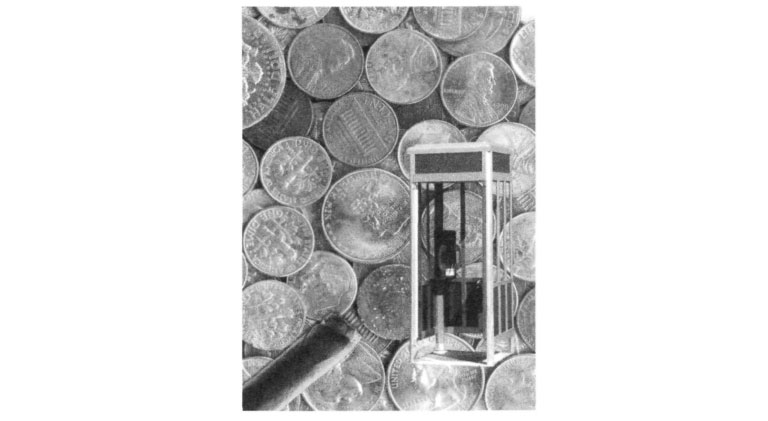
crash)took a mere nine investigators less than two days to complete.
Of course, the physical the crime scene bears no relation whatsoever to the number of individuals, either suspects or witnesses, involved and, as collecting statements is as much a part of "working" the crime scene as swabbing blood stains, scene size can be quite deceptive.
A nylon bag, measuring less than a foot square and four inches thick and containing nothing more than a laptop and modem, was the only physical evidence of a conspiracy involving hundreds of people and millions of dollars in a penny-stock scam. At the other extreme, the of the Alfred P. Mur-rah Building in Oklahoma City was ultimately attributable to only a handful of people. The number of witness statements required during these investigations, however, was virtually identical.
The tiny computer bag, every bit as much a crime scene as the rubble of the Murrah Building, presented investigators with specialized problems not found at scenes requiring miles of yellow tape. The bag was mobile, its contents were subject to destruction by the simple wave of a magnet or flip of a switch, and the computer inside was the actual property of any number of suspects. The scene in Oklahoma, while horrific in its loss of life, couldn't be slipped into a pocket and hidden away from analysts.
A "crime scene" isn't only the actual location of the crime it is also the staging and planning areas, the paths of flight to and from the primary scene, and the paths between the primary and secondary scenes. Consequently, the total crime scene for a twenty-first-century offense might prove international and include dozens of physical locations and individuals, thousands of exhibits, and nearly as many witness statements.
As I prepare this manuscript, the investigation into the September 11 attacks on the Pentagon and and the crash in Pennsylvania, is just swinging into high gear. Already the FBI is reporting nearly 7,000 investigators and support personnel following up "35,000+ leads" and looking into "numerous international possibilities." Cars at several airports, apartments and hotels in places as far apart as Boston, Massachusetts, and Vero Beach, Florida, are just a few of the secondary scenes being secured. Electronic scenes also could contain vital information, but such evidence could be as difficult to collect as an impression of a shoe in the snow of a sunny field.
Scenes like the Pentagon and the World Trade Center are obviously, and thankfully, the exception. But the far-reaching scope and the need to coordinate rescue efforts with forensic investigationall while maintaining a secure scene in which the lives of investigators and emergency staff aren't further endangeredmakes these cases well-documented examples of the difficulties that law enforcement personnel face, even if it is usually on a smaller scale.
Crime happens everywhere, and determining what territory, items, and persons make up the "crime scene" isn't always easy. Constantly confronted with the dangerous or unexpected, investigators juggle a number of imperatives in their efforts to turn the "scene of the crime" into a secured "crime scene." But, in the vast majority of cases, this is the first decision to be made in a criminal investigation, and it is often made by the first re-sponder to the scenenot a criminalist. A mistake made at this stage can end any chance of solving the crime, let alone prosecuting the offenders.


